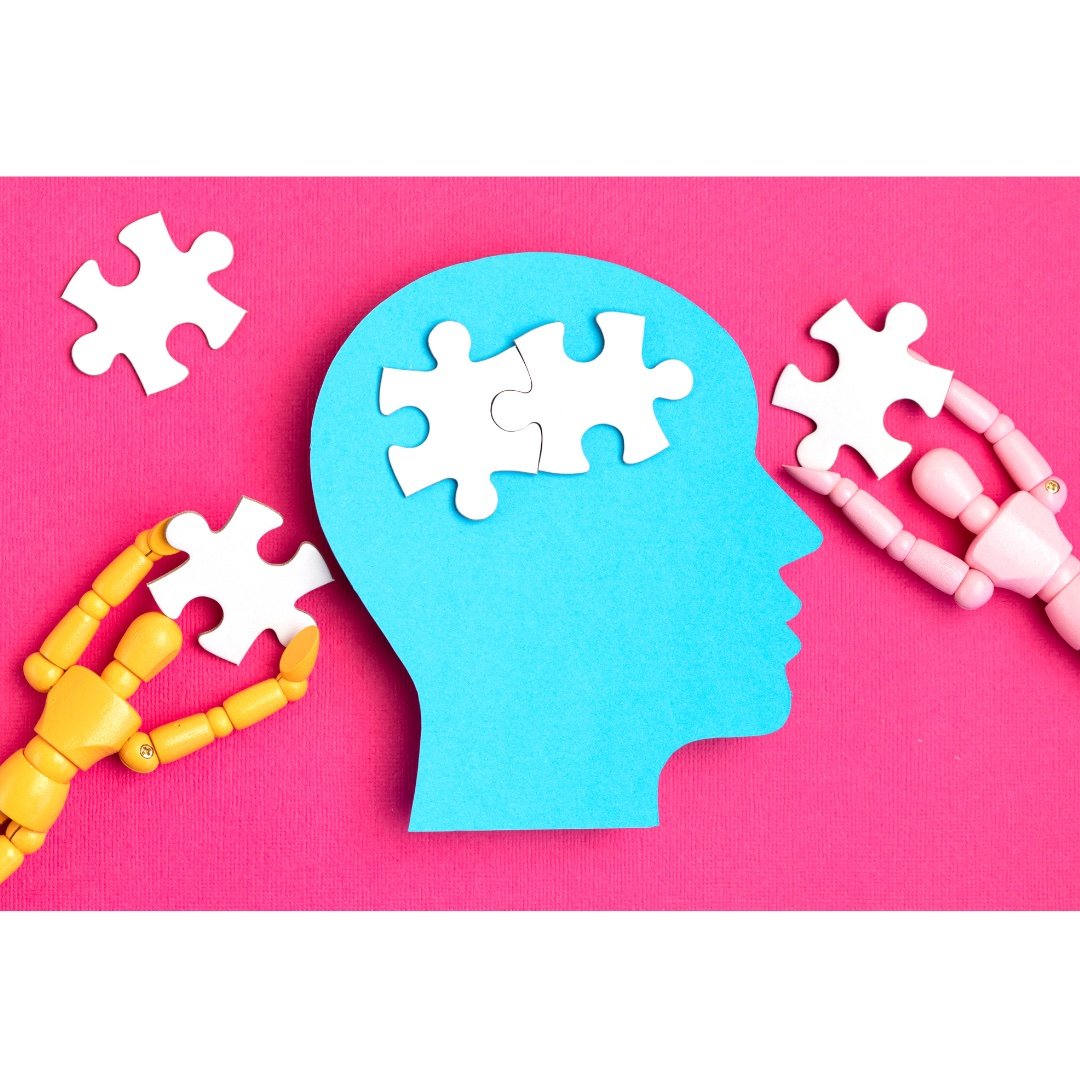When it comes to the subject of math, words like "rigid," "defined," and "standardized" often spring to mind. However, the true nature of mathematics can be one of curiosity, wonder, and yes, playfulness! A play-based approach to math offers children the chance to transition from abstract concepts to concrete understanding in a deeply engaging manner. This blog dives into how integrating play into math education fosters a deeper comprehension.
Why play?
From an early age, "play" is an inherently human trait. Research shows, “During play, children’s brains are actively seeking and using skills such as negotiating, improvising, communicating, critical thinking, problem-solving, taking risks, sharing ideas, perspective-taking, creating, and learning from mistakes.” These abilities are fundamental for academic success, and math, in particular, demands solid problem-solving and critical thinking skills. A flexible and curious brain is more adept at strengthening these skills. By adopting a play-based approach to math from the start, children develop increased flexibility and stronger problem-solving abilities, preparing them for the ever-increasing complexities of math as they progress.
Let’s Play!
So, what does a play-based approach to math look like? Math often poses difficulties for children due to its abstract nature. Introducing play into math education bridges the gap between abstract concepts and concrete understanding. This approach enables children to grasp the "why" behind mathematical concepts, rather than relying solely on rote memorization. Here are some inspiring ideas for incorporating play into math education:
Math Manipulatives
An array of math manipulatives are available, from snap cubes and pattern blocks to dice and counting objects. In fact, almost anything can serve as a math manipulative, including Legos, coins, trinkets, and stickers! Think outside the box when it comes to counting, learning math facts, and simple computation skills by using manipulatives!
Food
What’s more fun than food? It not only captures children's interest but also provides a multi-sensory learning experience. Whether it's using apples to introduce fractions or M&M's for counting and ratios, food offers a delightful and engaging way to explore mathematical concepts.
Board Games
Many board games offer opportunities to practice math skills in a playful manner. Monopoly, for instance, enhances money sense and computation skills, while a deck of cards or dice can be utilized for various math concepts. Additionally, numerous board games are now designed explicitly to strengthen math skills in children.
Apps
Digital apps provide another opportunity for a play-based approach to mathematics. Often, children enjoy these games so much that they don't even realize they're doing math! In a previous Peak blog post, numerous apps were highlighted that cultivate confidence in elementary math skills through play and games.
By embracing playfulness, educators and parents can unlock children's inherent curiosity, leading to a deeper understanding of mathematical concepts from an early age. Through manipulatives, food, and games, math transitions from abstract memorization to tangible, interactive learning.
Written by Laine J.


